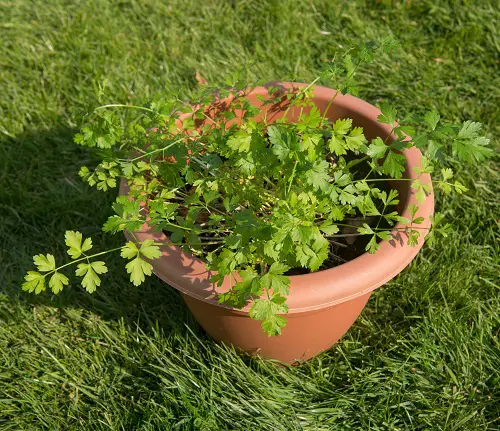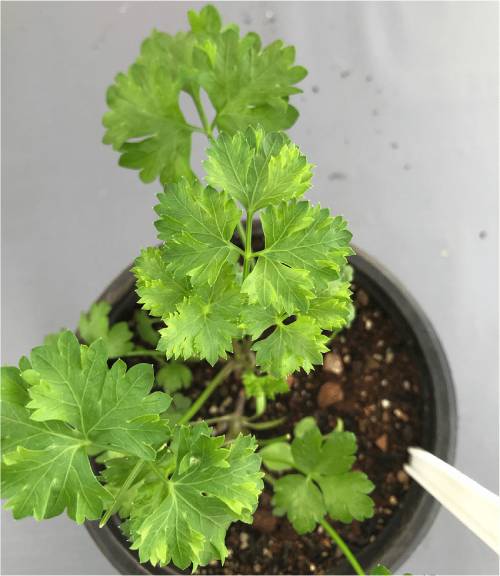Are You Familiar with Different Types of Parsley Varieties? If Not, Let’s Uncover Them in This Guide! Try growing at least one!
From the classic curly and flat-leaf types to unique options like Hamburg and Japanese, explore how these Different Types of Parsley Varieties can elevate your culinary creations!
Different Types of Parsley Varieties
1. Curly Parsley
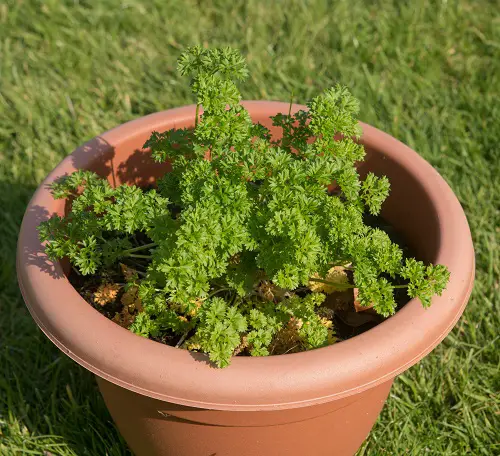
Scientific Name: Petroselinum crispum var. crispum
Curly parsley is the most recognizable variety, with its tightly curled leaves and bright green color. Its mild, slightly peppery flavor makes it a popular garnish for Mediterranean and Middle Eastern dishes.
2. Italian Flat Leaf Parsley
Scientific Name: Petroselinum crispum var. neapolitanum
Known for its broader, flat leaves and robust flavor, Italian flat-leaf parsley is a staple in Italian cooking. Its stronger taste and aroma make it a preferred choice for adding an extra layer of flavor to sauces, soups, and marinades.
3. Hamburg Parsley
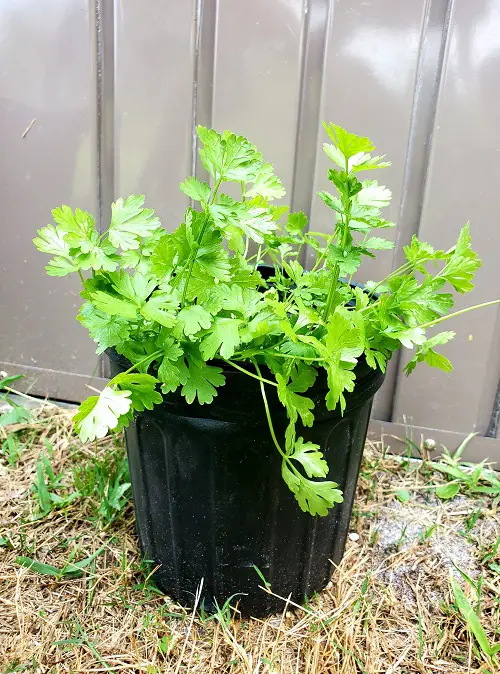
Scientific Name: Petroselinum crispum var. tuberosum
Commonly known as Hamburg parsley or root parsley, it is a lesser-known variety of the popular herb parsley. This variant is grown primarily for its edible root, typically used in soups, stews, and roasted vegetable dishes.
4. Japanese Parsley (Mitsuba)
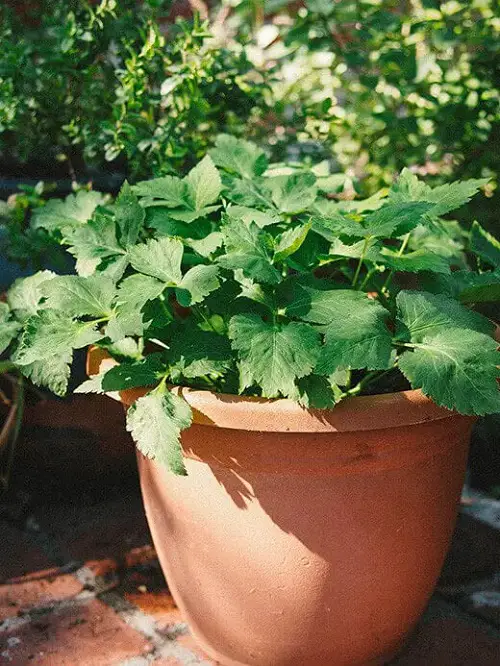
Scientific Name: Cryptotaenia japonica
Hailing from East Asia, Japanese parsley, or Mitsuba, offers a unique blend of flavors similar to parsley, celery, and cilantro. Its bright green leaves are used in salads, sushi, and broths in Japanese cuisine.
Here are some Best Medicinal Plants with Their Benefits
5. Brazilian Parsley
Scientific Name: Eryngium foetidum
It is not a true parsley but belongs to the Apiaceae family like parsley. It has a strong, pungent flavor that is somewhat similar to cilantro but more intense. The leaves taste best in salsas, stews, and marinades
6. Russian Parsley
Scientific Name: Petroselinum crispum
A close relative to common parsley, it usually refers to a variety of parsley well-adapted to cold climates. It has a fresh, earthy flavor similar to common parsley varieties. It is often used to season foods and as a garnish.
7. Vietnamese Parsley
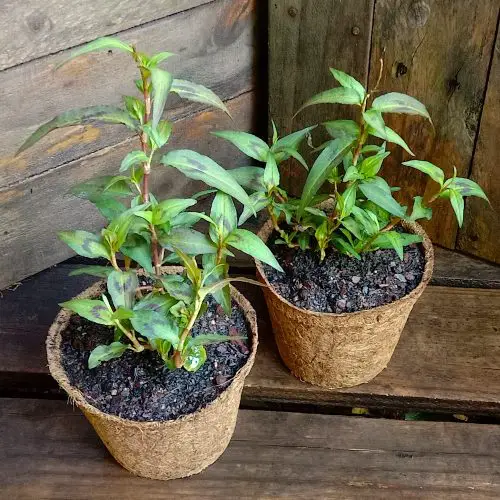
Scientific Name: Polygonum odoratum
It is a staple herb in Vietnamese cuisine and is also popular in other Southeast Asian countries. The leaves are commonly used in traditional Vietnamese soups like Pho and Bún Riêu to impart a unique, peppery flavor with a mix of coriander and lemon taste.
Check out the Difference Between Parsley and Cilantro
Different Types of Parsley Varieties – Growing Tips
- Parsley thrives best in locations that receive 4-6 hours of sunlight daily, but if you reside in a warm climate, it is advisable to provide some afternoon shade to prevent the leaves from scorching.
- To improve the quality, use well-draining and slightly acidic to neutral soil with a pH of 6.0 to 7.0, enriched with compost or organic matter.
- Maintaining consistent moisture is key for healthy parsley plants so you should water them regularly and apply a layer of mulch to help retain moisture in the soil.
- To encourage leafy growth, you should fertilize parsley moderately every 6-8 weeks with a balanced or nitrogen-rich fertilizer, but do not over-fertilize as it can reduce the flavor.
- Once the leaves have reached a suitable size, you can begin harvesting. Start by snipping the outer leaves, leaving the inner ones to continue growing. Regular harvesting promotes new growth and ensures a continuous supply of fresh parsley.
- During hot weathers, parsley can bolt and to prevent this, provide shade during the hottest part of the day and ensure the plant receives adequate water.
By taking these measures, you can successfully cultivate abundant and flavorful parsley varieties throughout the growing season.


